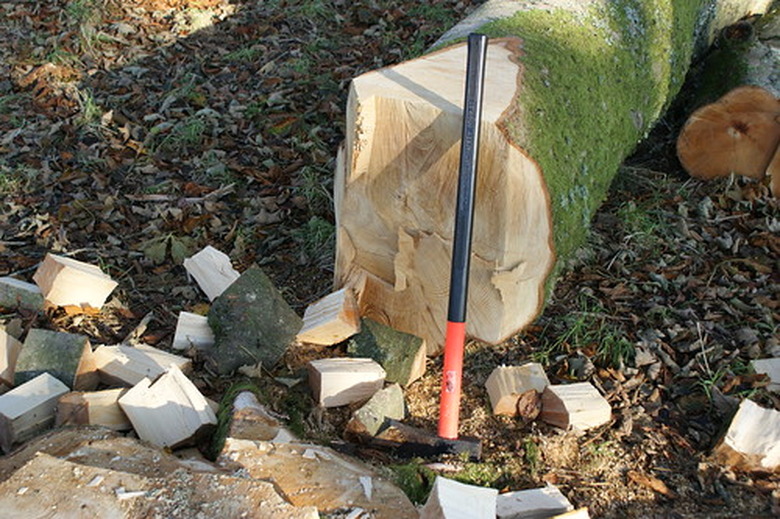What To Do After Tree Stump Removal
What to do after tree stump removal is dependent upon the size of the tree stump that was removed, its location and what your intended use for this area is: whether you intend to replace the tree that you removed, plant shrubs or plant grass where the tree once stood. Also of importance is whether the stump was ground down to ground level and if you had the stump professionally removed by not only having the stump ground down to ground level, but by having the roots (below ground level) ground up, too.
Large Tree Removal
If you had a large tree removed from your property, more than likely you had a professional tree service take down the tree for you. Professional tree services usually remove the tree down to ground level. They grind the stump down to ground level and take away any of the wood chips from this grinding process. They also offer (at additional cost) a service whereby they will come back and grind up the roots that are below the surface, using a piece of equipment designed for that purpose. This ensures that you will not have a problem with suckers growing from any roots that are underground.
- What to do after tree stump removal is dependent upon the size of the tree stump that was removed, its location and what your intended use for this area is: whether you intend to replace the tree that you removed, plant shrubs or plant grass where the tree once stood.
- They also offer (at additional cost) a service whereby they will come back and grind up the roots that are below the surface, using a piece of equipment designed for that purpose.
After Large Tree Stump Removal
After grinding up the roots of the tree the ground will be very soft, and you will see a depression where the tree once was. The process of grinding the roots up also loosened the soil below ground level. It is not a good idea to plant a tree in the same spot due to any remnants of the old tree's root system, and the presence of any deteriorating or rotting wood. If you want to plant another tree you should locate it away from this area. If you are going to plant grass in this area you will have to add additional soil to this depression, allow the soil to settle until it is level with the rest of the lawn and then plant grass or put sod down where the tree once stood.
After Small Tree Removal
The root system of smaller/less mature trees (trunk diameters of 1 to 2 inches) are less developed than large trees. The stump will have been removed adequately without disturbing the soil; there will be no loose depression where the tree once stood. If you are planting another tree you can do so easily by making sure that the ground is free from roots and that the soil is loose. If you are planting grass you may need to add additional soil, and then level out the area. (Since, the roots were not ground you will not have the problem of loosened soil and a depression in the area.)
- After grinding up the roots of the tree the ground will be very soft, and you will see a depression where the tree once was.
- If you are going to plant grass in this area you will have to add additional soil to this depression, allow the soil to settle until it is level with the rest of the lawn and then plant grass or put sod down where the tree once stood.
Continuing Process
Even though you have removed the tree, ground down the stump and removed the root system as much as possible, you may still notice some sucker growth from remaining roots. These should be removed as soon as possible. You may also notice mushrooms growing in the area due to the decaying wood below the ground level–this is a natural part of the decaying process.
Be Creative
There are times when budgets do not allow for the complete removal of a tree stump, and that is when many homeowners get creative. If you have a stump that is a few feet tall, use it as a stand for a container planter. If you have a taller tree stump, use it for a stand for a birdhouse. Change that eyesore into a focal point in your garden.
- Even though you have removed the tree, ground down the stump and removed the root system as much as possible, you may still notice some sucker growth from remaining roots.
- If you have a stump that is a few feet tall, use it as a stand for a container planter.
